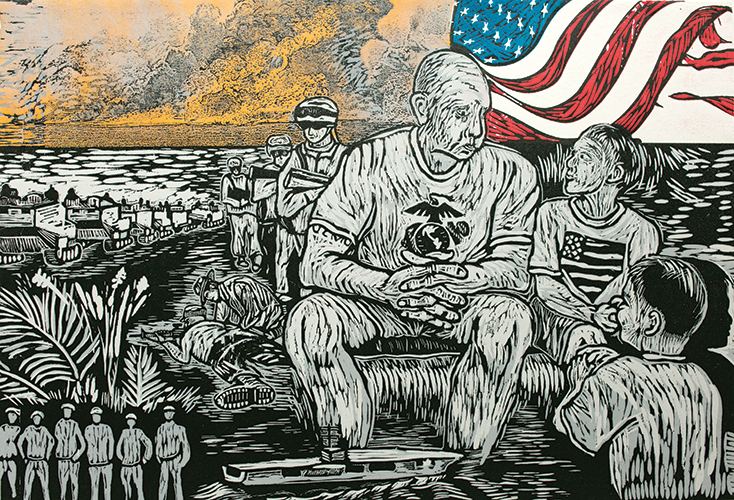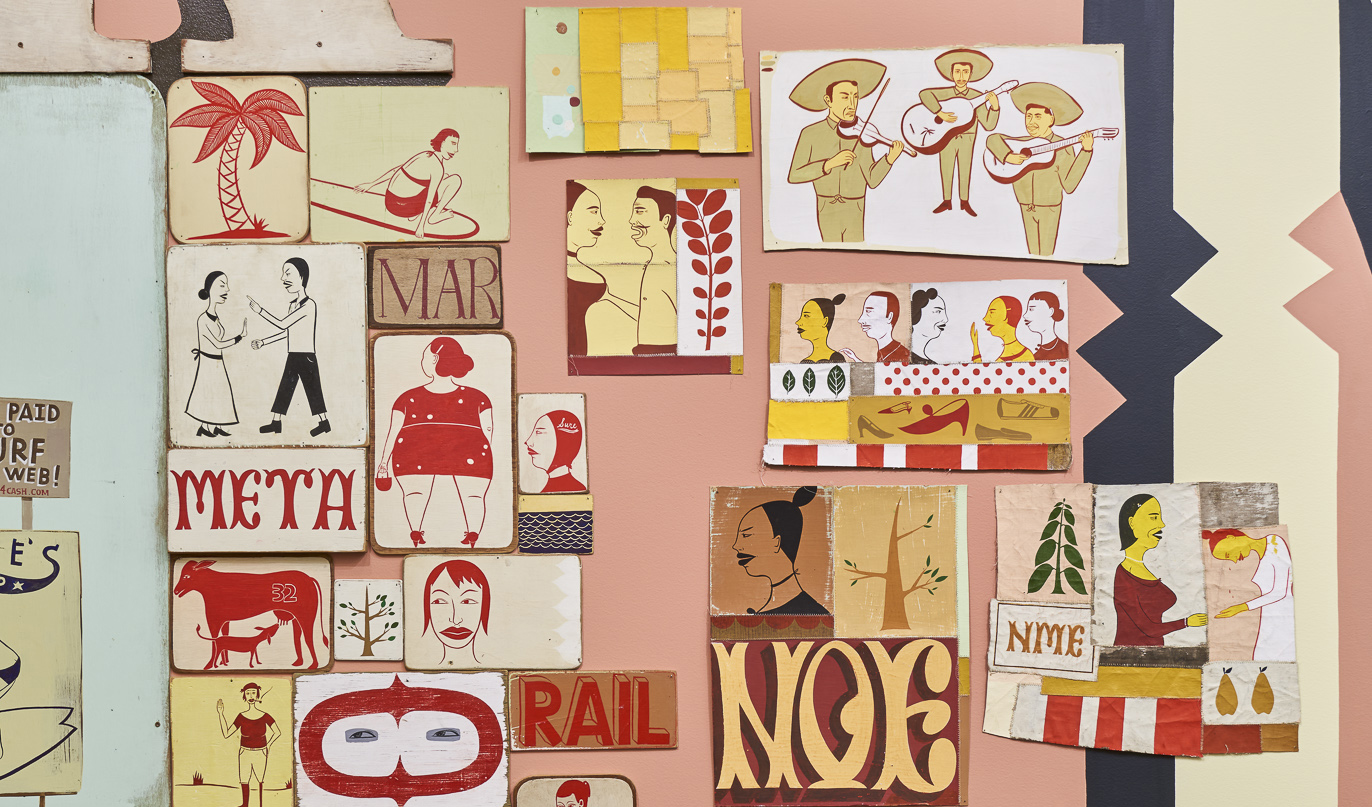The Cleveland Museum of Art’s director of interpretation discusses the museum’s “Medieval Monsters: Terrors, Aliens, Wonders,” which opens to the public July 7 and remains on view through Oct. 6.
What can visitors look forward to from “Medieval Monsters: Terrors, Aliens, Wonders”?
Monsters have existed in every human society since ancient times. This exhibition is the first of its kind to dig deep into the way monsters functioned in medieval society, where monsters were thought to be signs of something gone awry in the social order. Illuminated manuscripts, handwritten texts that feature elaborate imagery, such as bibles, Christian prayer books and even scientific books feature monsters like griffins, dragons and sirens that may be familiar, and other less familiar ones like a gryllus or a panoti. The prevalence of monsters in these texts signals the significance of monsters in medieval society, and visitors will see that monstrous creatures played a complex role in instilling fear, promoting devotion, inspiring awe, and even legitimizing and maintaining power. What may surprise visitors is how relevant many of the societal and cultural issues of the Middle Ages are today in 2019.
This is a first-of-its-kind show in North American. What inspired its creation for the Cleveland Museum of Art?
This exhibition was organized by the Morgan Library and Museum, which houses an incredibly rich collection of manuscripts, so we are excited for Clevelanders to have an opportunity to see these amazing works of art. To the approximately 60 medieval manuscripts from the Morgan, we have added a number of objects, mostly from our own collection. The sculptures we have included from our collection ground the monsters in the Middle Ages in their ancient predecessors reinforcing the idea of the ubiquitous nature of monsters.

“Medieval Monsters” will be divided into three sections: “Terrors,” “Aliens” and “Wonders.” Will you elaborate on what will be featured in each?
The first section of the exhibition, “Terrors,” addresses the way that rulers, both religious and secular, capitalized on the mystique of monsters to maintain and enhance their power. Monsters were believed to bridge the gap between the natural and the supernatural. The monsters in this section reveal how people in the Middle Ages perceived relationships of power, whether earthly or divine, and how monsters were used to maintain the aura of authority.
Coming from the Latin word for “foreign” or exotic, an alien in the Middle Ages was a person from somewhere else. In the second section, “Aliens,” we see how monstrous images were used to stigmatize those who deviated from the “norm.” And in medieval Europe the norm was pretty much everyone besides white Christian noblemen and clergy. This section addresses the ways in which monstrous imagery functioned to marginalize women, Jews and Muslims, as well as people who were poor, mentally ill or physically disabled.
The final section, “Wonders,” features monsters that inspire awe. The monsters in this section are spectacular creatures to marvel at; they are not the scary, fear-inducing monsters of the previous sections. Wonders are by their very nature difficult to explain, and consequently it is often hard to judge whether they reinforce or disrupt cultural norms. One great example of this tangle of truth versus fiction is the unicorn — a common and popular creature even today. One view above manuscripts with unicorn imagery, we have a narwhal tusk. Narwhals, an Arctic whale that grows a spiral tusk in the place of a tooth, provided the evidence for unicorns.

Though the exhibition focuses on the Middle Ages, are there are themes or messages that apply to present-day society?
Many of the issues of othering in the “Aliens” section may seem all too familiar. The ways in which women, Jews and Muslims, as well as people who were poor, mentally ill or physically disabled, is telling about the fears and anxieties of the Middle Ages. Unfortunately, fearing the unfamiliar and unknown is part of human nature. To maintain one’s own power, we emphasize otherness. Some of the images in this section may be upsetting or even painful to some of our visitors in this way. But that is why we need to look at these images from the past and consider how we tackle these same issues today. Art gives us a window into our humanity — the good and the bad. Isolating and dehumanizing groups of people who don’t know — and often fear — prevents understanding of the individual and the dismisses commonality. Othering allows some to maintain their power, while others are marginalized, and in the case of this exhibition, dehumanized by making them monstrous.
What programming is planned surrounding “Medieval Monsters”?
We have a number of programs this summer. For anyone interested in exploring this exhibition more with me, I am leading two gallery talks (at noon July 16 and Sept. 10). And I am also really excited about a gallery talk at 6 p.m. Aug. 23 by contemporary artist Sean Foley in which he will reflect on the works in the show through his artistic lens of “nonsense” as a way to explore the monstrous and wonder.
We are also fortunate to have Dr. Elizabeth Morrison, curator of manuscripts at the J. Paul Getty Museum, come to talk about the bestiary, a medieval animal encyclopedia that blends real and imaginary creatures.
And for the visitors to the exhibition, we will have a glossary-of-monsters gallery guide in which we identify and define the more than 30 monsters in the show. Our fabulous docents will also be giving tours of the exhibit at 2 p.m. on Wednesdays and Sundays at from July 17 through Sept. 29.
All details can be found at clevelandart.org.
Lead image: The Taming the Tarasque (detail), from Hours of Henry VIII, c. 1500. Jean Poyer (France, Tours, active 1483–1503). Bound vellum; 25.6 x 18 cm (10 1/16 x 7 1/16 in.). The Morgan Library & Museum, Gift of the Heineman Foundation, 1977, MS H.8, fol. 191v











